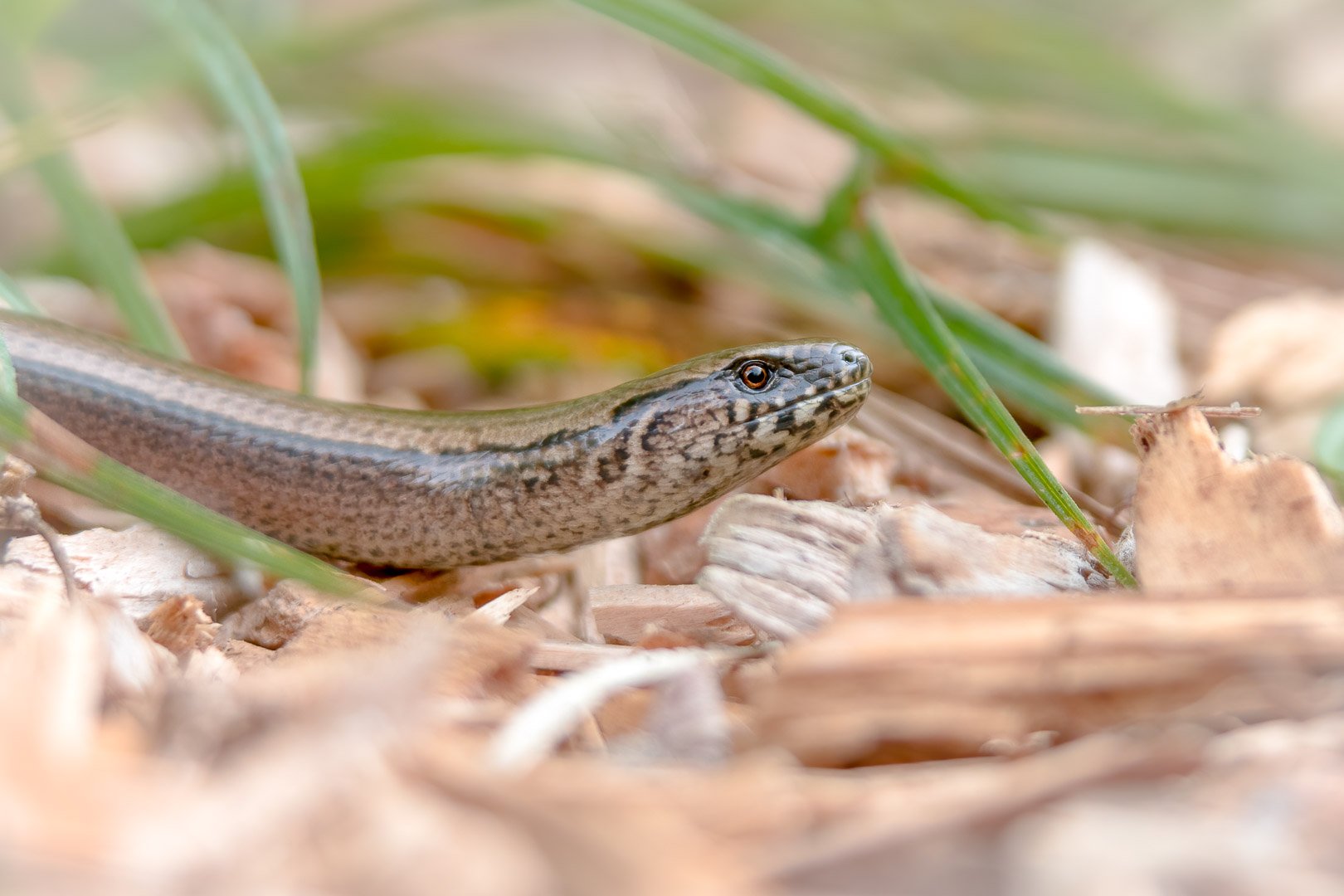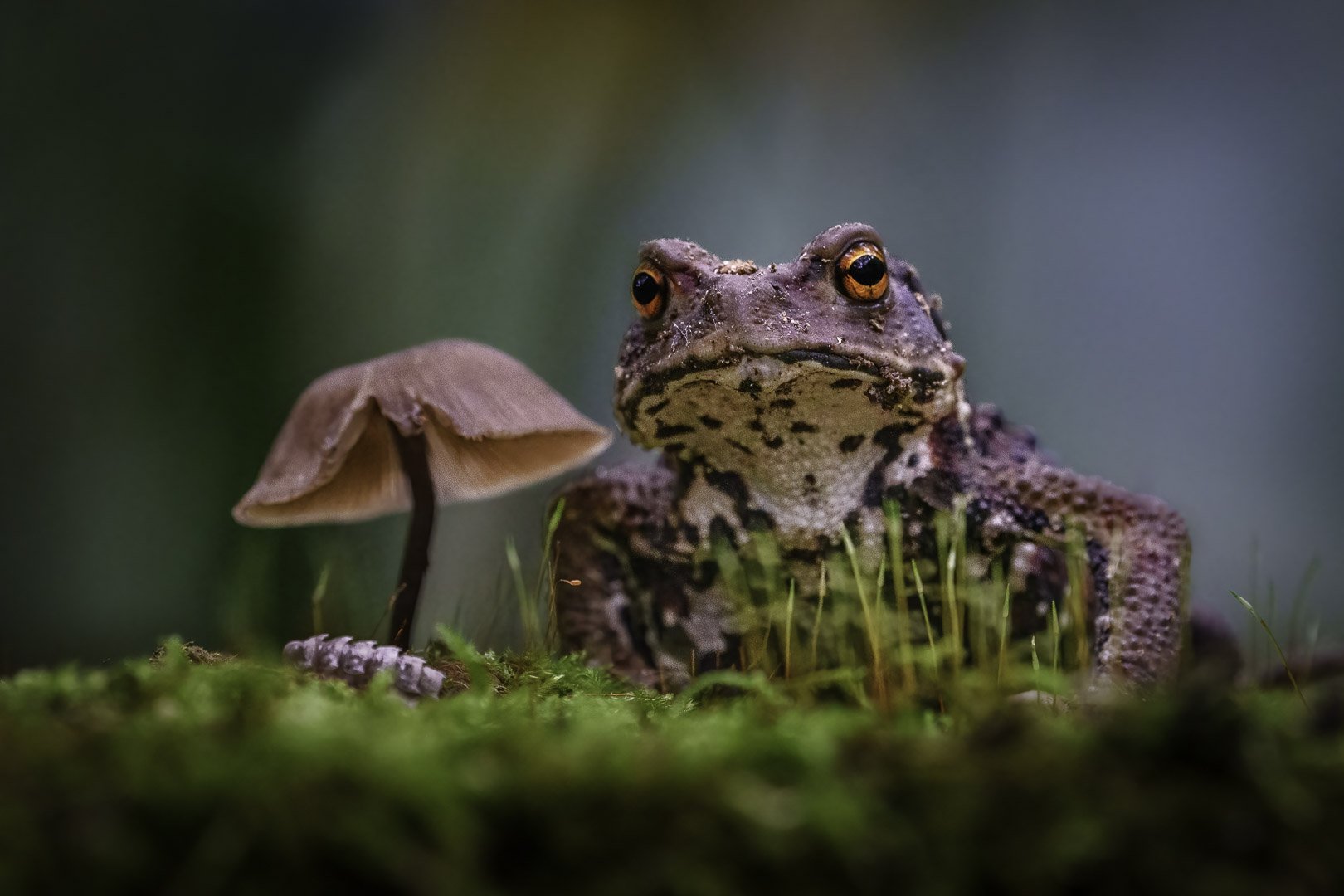Japanese common toad (Bufo japonicus formosus)
Japanese common toad (Bufo japonicus formosus)– Picture was taken in Aomori, Japan
Key Data
Size: 4 - 17.6 cm
Weight: 50 - 100 g
Diet: Worms, snails, woodlice, spiders, insects
Season: Throughout the year in Japan
Observation Tip: Forests, swamps, farmland
Photography Tips
Lens: Starting from 50 mm
Difficulty Level: Moderate
The Japanese common toad is a species of true toads found on the main islands of Honshu, Shikoku, and Kyushu, as well as adjacent island groups in Japan. Numerous tubercles are present on the limbs, back, and lateral side of the trunk. Females are usually larger than males and have smoother skin during the breeding season. From February to March, they gather at shallow water bodies for reproduction, laying egg strings that can contain up to 14,000 eggs. The larvae are dark brown, and metamorphosis occurs in June. During winter, the toads burrow into the ground for hibernation and mainly feed on insects, including beetles and ants, which are avoided by other animals due to their chemical composition. Japanese common toads produce bufadienolides in their parotoid glands, the paired swellings behind their eyes. These toxins, named after the genus of true toads (Bufo), slow down the heart muscle's beating rate (myocardium) and impair the excitation conduction of cardiac muscle cells, making them toxic. Research on the subspecies Bufo japonicus formosus has shown that their eggs have toxic effects when consumed by tadpoles of other frog species (Rana pirica). Tiger keelback snakes (Rhabdophis tigrinus) exploit the toxicity of common toads by ingesting them and accumulating the toxins in their own nuchal glands. Experiments conducted with different diets show that the snake cannot produce the toxins itself.
The common toad primarily lives on land and only visits shallow water bodies for reproduction from February to March, where often three to ten males compete for one female. Females deposit their eggs in strings, which can contain up to 14,000 black eggs. The larvae are dark brown and grow up to 4 cm before metamorphosing in June. Males reach sexual maturity after one year, and females after two years. In winter, the toads burrow into the ground for hibernation. They feed on various insects, including beetles and ants, which are avoided by other species due to their chemical composition.


